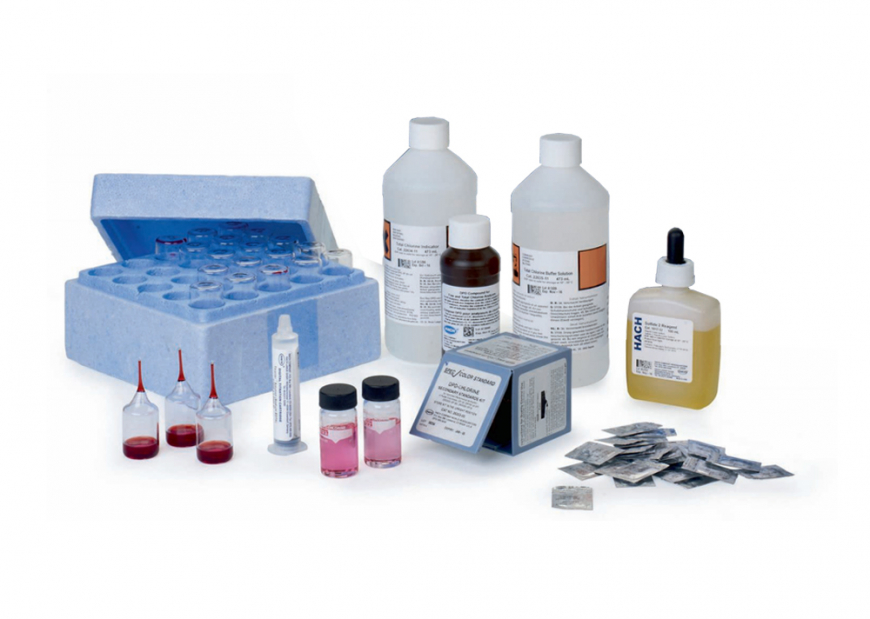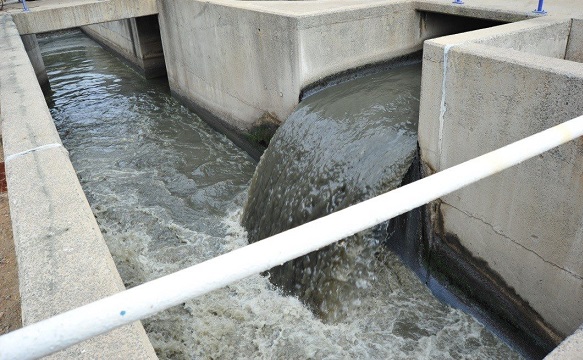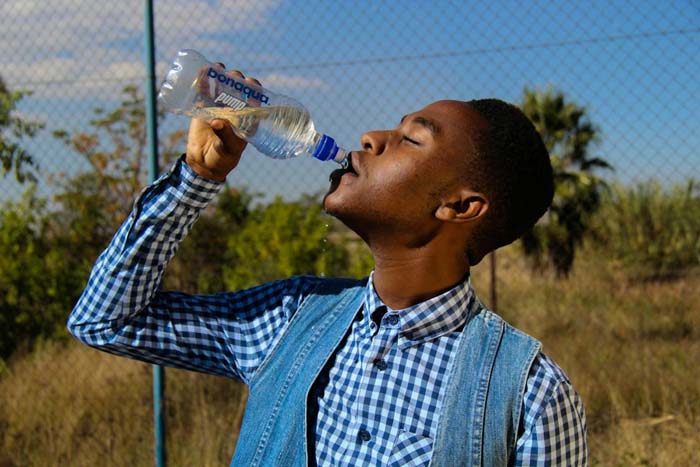
If you suspect that you have polluted water, you must act promptly. The dangers of consuming polluted water are well-known. But keep in mind that polluted water is only sometimes easy to spot. Water gets into people’s homes in two ways, but only some know. A private well is the first source; however, many homes get water from their local council. This is because of the infrastructure that is now in place.
The technique is straightforward: the city collects water from various sources above and below ground. After that, it is treated and filtered in a water treatment plant. You may rest assured that the water in your home’s plumbing system will be clean once this process has removed any microbes, chemicals, and other pollutants.
 But this treatment method isn’t guaranteed; drinking water is sometimes unsafe. Water still has additional entry points for contaminants. This is because it travels a great distance through many pipes before it reaches your house, where it can pick up unexpected microorganisms.
But this treatment method isn’t guaranteed; drinking water is sometimes unsafe. Water still has additional entry points for contaminants. This is because it travels a great distance through many pipes before it reaches your house, where it can pick up unexpected microorganisms.
Here are some major signs you have polluted water
1. Sulfur smell
You may occasionally find trace amounts of sulfur in your water. This is because it is an element that occurs naturally in the earth. This chemical should never be at detectable levels because it is removed during water treatment.
Sulfur is extremely harmful to your health. It can cause intestinal stress and dehydration at high enough concentrations. It is important to look into this immediately if the water smells like spoiled eggs. Thankfully, increasing water filtration can resolve this issue.
2. Discoloration
Even though it may appear slightly tinted at times, your water should be clear. Stop drinking the water immediately if it becomes colored or stained in any way, no matter how little. When water turns orange or brown, it usually means too much magnesium or iron.
This is usually because of rusty or old pipes in your home’s plumbing system. However, it can also happen if there’s drilling or mining close to the water source. Put a stop to drinking the water and get an investigation scheduled right away if you see any change in its color.
3. Change in taste
While pure water lacks flavor, polluted water may have a distinct aftertaste. This is mostly because the water’s mineral composition has changed. This might occur after a recent flood or other incident that has impacted your household’s water supply. It would help if you got your water tested for impurities as soon as you detected a change in flavor. This way, you won’t have to worry about your family’s safety or the quality of the water in your home.
4. The water is cloudy
Water that appears murky or unclean could be due to dirt, sediments, or other contaminants. Contamination of this kind can occur if water from a nearby factory or a recent flood leaks into your water supply. There have been several instances of major corporations polluting water supplies, with terrible results for people’s lives, both in the past and the present.
Fill a glass halfway with tap water and set it aside for a few minutes to see if it is murky or unclean. The presence of dirt, sediment, or other particles indicates polluted water.
5. Reduced water pressure
Clogged pipes will cause your tap to run more slowly than usual. The corrosion of pipes and the accumulation of sediment and limescale deposits cause this widespread and gradual problem.
Sediment is a potential health risk to you and your loved ones; therefore, this is a major concern. Your home’s pipes will require replacement in the event of pipe corrosion.
Water for human consumption is normally odorless and should not smell. Because chlorine helps to destroy bacteria in the purification process, some people may notice a chlorine odor in the water. There shouldn’t ever be enough chlorine in your water to make it smell bad, even after this procedure.
6. Smell of chlorine
You and your family’s health are at risk if you detect chlorine in your water, regardless of how strong the scent may be. It is imperative that you have it tested.
7. Look for any signs of tarnished or rusted silverware
One common red flag is too much iron in the water supply. For instance, the iron clings to the silver and rusts when exposed to air. This causes rust to appear as streaks or spots on silverware. Although the water in some houses may seem straightforward, the silverware in others may start to rust. If rust is visible, it is probably also present in the interior components of household appliances. Problems with household appliances can necessitate expensive repairs or shorten their lifespan.
How to Deal With Polluted Water
- Don’t use or consume untreated water
It is best to use purified water for cooking and drinking if available. Never assume that your water will be completely safe just because you’re using chemical treatments or a filter.
 Using a water filter
Using a water filter
A water filter is an excellent tool for purifying water. Picking a quality water filter to remove the impurities from your water is vital, as there are several to select from. Due to the short lifespan of many filters, it is important to replace the filter frequently.
- Use chemical treatments
To chemically treat polluted water, you can use either iodine or chlorine. While iodine can treat water for drinking and cooking, chlorine is commonly used to disinfect water for consumption. Be careful to use the appropriate dosage for the quantity of water you are treating, as directed on the product label.
- Make sure you test your water
Get an expert’s opinion before treating the water’s pollution level. By doing so, we can identify the water’s pollutants and assess their contamination levels. To determine the best course of treatment, you must first determine the precise type of pollution.
In summary
A water filter should be considered if you are worried about the quality of the water or see any contamination symptoms. You should always stop using water if you have any reason to believe it may be polluted. The substances in the water can pose health risks to you and your family.


 Don’t pour paint, gasoline, or other potentially harmful household waste down the drain
Don’t pour paint, gasoline, or other potentially harmful household waste down the drain